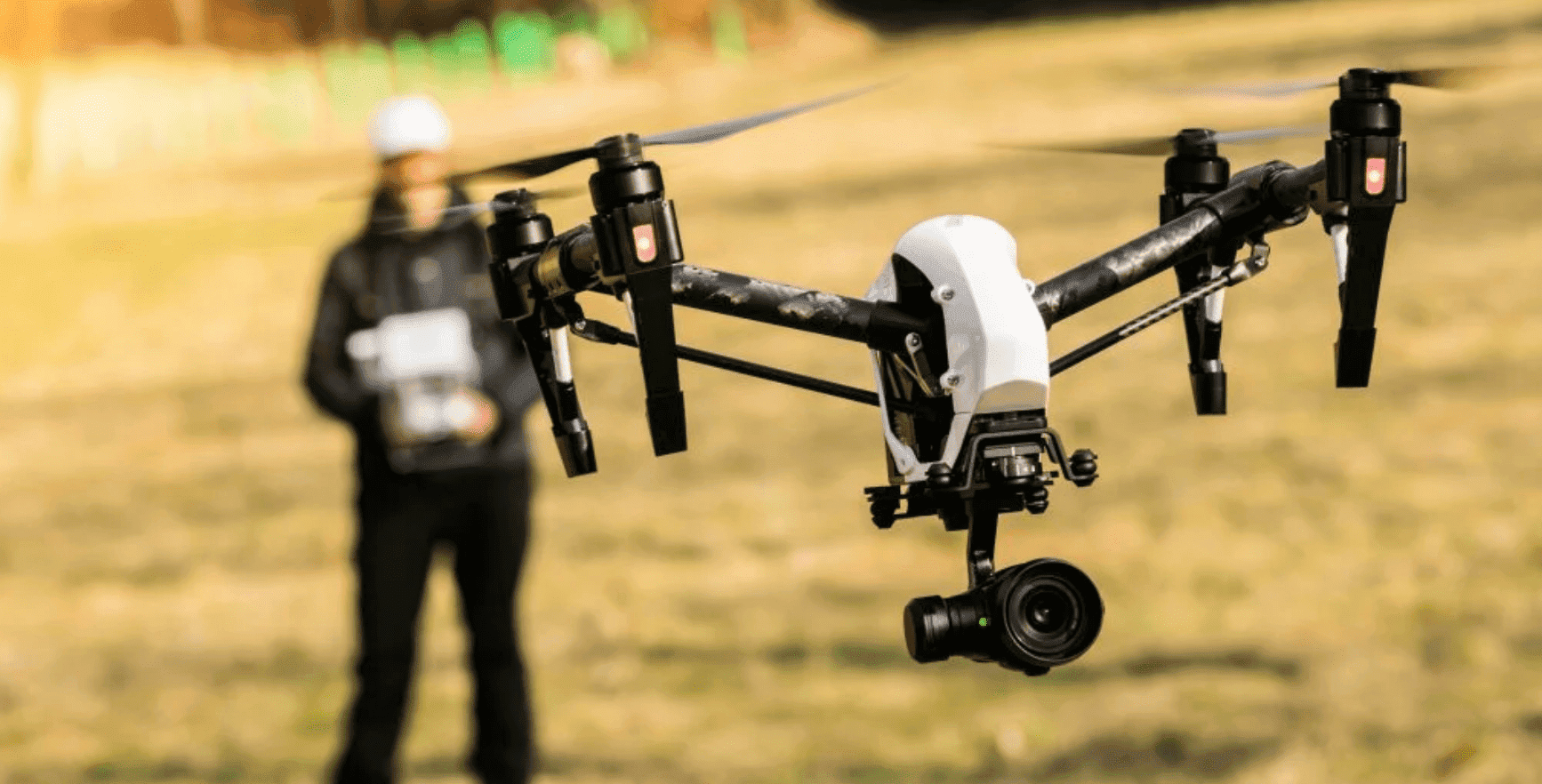Summary: The Federal Aviation Administration-mandated remote ID for drones acts like a digital license plate—broadcasting a drone’s identity, location, and pilot control station for enhanced accountability.
For organizations responsible for airspace security, integrating remote ID for drones into their detection strategy is an important and practical solution.
FAA Remote ID tracks most drones and pilot locations, helping you investigate incursions—effective for most detection use cases.
The Federal Aviation Administration (FAA) mandated Remote Identification (Remote ID) to serve as a “digital license plate” for drones. By broadcasting information such as the drone’s identity, location, and operator, Remote ID was designed to increase accountability in the skies and help authorities manage airspace more safely.
But how effective is Remote ID as a true drone detection tool?
What is Remote ID?
Remote ID is a standard that applies to all drones weighing more than 0.55 pounds (250 grams), unless they’re flying in special FAA-recognized areas. Remote ID broadcasts include the drone ID, location, altitude, and the location and altitude of the pilot. This allows law enforcement, security teams, and other stakeholders to see who is flying, where, and when—without needing direct access to the drone.
As of today, the FAA lists 300+ drone models that are Remote ID-compliant, and that number continues to grow (FAA list here).
Drone ID Manufacturer Requirements
To support the mandate, all drones sold in the United States are required to broadcast Remote ID. This ensures that as new drones enter the market, more of them will contribute to safer, more transparent skies. All previously sold drones are required to broadcast, prompting most manufacturers to provide Remote ID compliance via software updates.
For operators, this means Remote ID is not optional—it’s built in and part of the requirement is that if the drone detects an error with Remote ID it must not be able to fly.
What About Older Drones and Remote ID?
Remote ID doesn’t just apply to newly manufactured drones — it also applies to drones already out in the field. For older or custom-built drones that can’t be updated via software, pilots must attach a Remote ID broadcast module or limit flights to designated FAA-Recognized Identification Areas (FRIAs).
This ensures that even legacy drones aren’t exempt from accountability, making Remote ID a nationwide standard rather than just a feature on the latest models.
How to Receive Remote ID?
While Remote ID is a major step forward, its effectiveness depends heavily on the technology used to receive the signal.
Some people turn to mobile apps that promise to detect nearby drones broadcasting Remote ID. However, these apps are severely limited by phone placement and hardware version. Some phones don’t work at all, some work well for specific make/models of drones, but not others. The limited and inconsistent performance means it’s partially effective for those curious about the airspace but hardly meets security needs.
In contrast, purpose-built Remote ID receivers are designed with sensitive, wide-range antennas and processing systems that allow them to detect drones much farther away and may be deployed 24/7 to provide the situational awareness organizations actually need. (We covered the difference between Remote ID apps and receiver technology here.)
So, Is Remote ID Enough?
For most organizations, Remote ID is an effective and cost-conscious solution for maintaining drone awareness. It provides real-time identification and location data, giving security teams, facility managers, and event organizers the visibility they need without expensive specialized equipment.
In nearly all day-to-day situations, Remote ID provides all the coverage most organizations require. Even in rare cases involving known or suspected highly skilled bad actors—drones that are modified or non-compliant—might additional tools be considered as an additional layer on top of Remote ID detection.
Bottom line: Remote ID delivers practical, reliable drone awareness for the vast majority of users, making it a solid foundation for safe and accountable operations.
Final Takeaway: Remote ID is a practical, cost-effective solution for airspace awareness that covers the vast majority of drone activity. It gives organizations real-time identification and location data, enabling safe and accountable operations without requiring expensive or complex systems. While high-risk scenarios involving non-compliant drones are rare, Remote ID provides the baseline visibility organizations need to monitor and manage their airspace effectively.
Remote ID FAQs
What is Remote ID, and how does it apply to drones?
Remote ID is a regulatory standard requiring most UAS (drones) to broadcast identification and location information: the drone’s ID, its position and altitude, and the pilot’s location (or takeoff location, depending on the type). (AeroDefense)
For example, “Remote ID is a standard that applies to all drones weighing more than 0.55 lb (250 g), unless they’re flying in special FAA-recognized areas.”
Why is Remote ID important for airspace security and drone detection?
Because it enables security teams and facility managers to gain real-time visibility of who is flying a drone, where they are, and when — effectively giving a “digital license plate” for drones.
This improves accountability and makes detection much more effective when the drone is compliant.
Are there limitations or things Remote ID does not cover?
Yes — while Remote ID is effective for compliant drones, it does not cover:
Drones that have had Remote ID disabled, bypassed or modified (though the blog suggests bypassing is much harder than often claimed). (AeroDefense Blog)
- Legacy drones without broadcast modules in certain areas (or drones flying in FAA-Recognized Identification Areas (FRIAs) where different rules apply). (AeroDefense)
- Detection of pilot intent or payload: Just because a drone is broadcasting doesn’t mean it’s benign or safe.
What types of Remote ID compliance exist?
Common types include:
-
- Standard Remote ID: built into the drone by the manufacturer. (AeroDefense)
- Broadcast module add-on: older drones can attach a module to comply. (AeroDefense)
FRIA operations: drones flying in special designated areas may have broadcast exceptions. - Each type has different capabilities and restrictions (e.g., operations over people, beyond the visual line of sight differ).
What about smartphone apps vs dedicated receivers for Remote ID?
Many apps claim to detect Remote ID broadcasts but perform poorly (limited range, unreliable, hardware-dependent). (AeroDefense). Dedicated receivers, by contrast, use higher-sensitivity antennas, are designed for outdoor/24-7 operation, and integrate better with security systems — making them far more suitable for real security missions.


